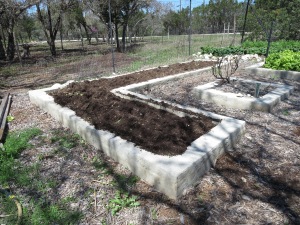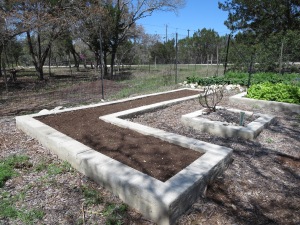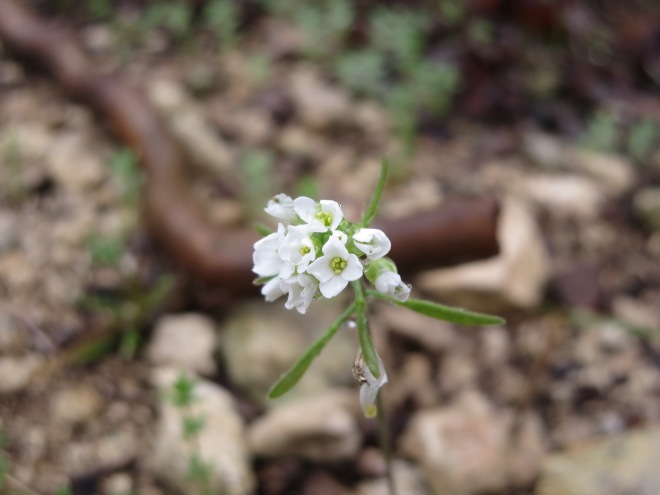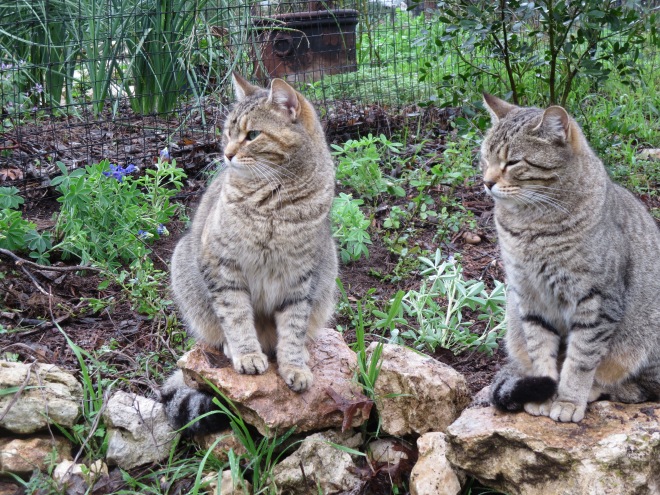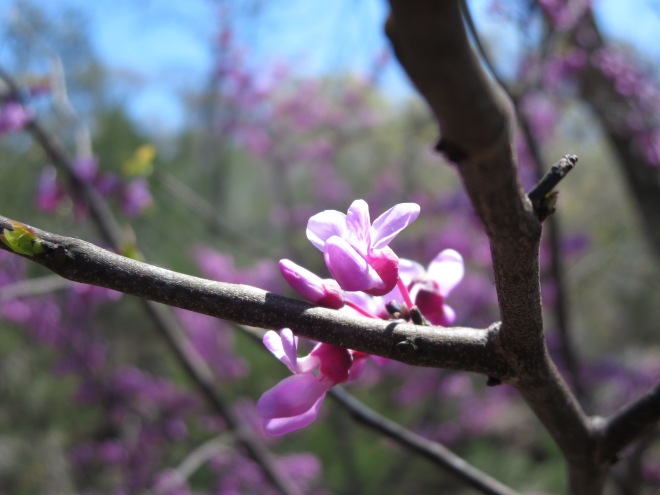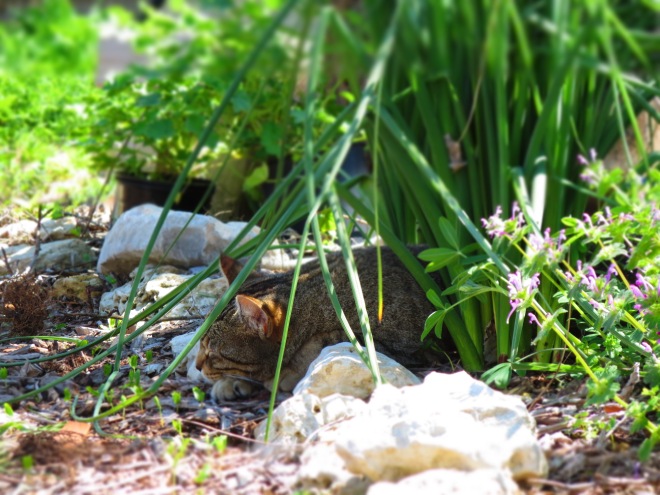Spooky Action Ranch Report: Week Thirteen 2015
Bed Solarization for Root Knot Nematodes
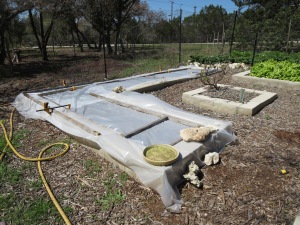
Here is the Blood Bed in full solarization mode. It will stay like this for several months, while the soil is pasteurized by the sun.
I harvested a second bed of beets this week. The harvest, weighing in at 15 pounds of beets, was much better than the last, but I did see considerable evidence of root not nematodes. This bed, which we call the Blood Bed (we have every bed named for ease of reference) is on the other side of the garden from the last beet bed, and so I have decided to use a different method to manage the nematodes here than I am on the other side. While I am planting french marigolds over there, I have decided to try bed solarization on this side.
Bed solarization might be an extreme method (although well short of chemical soil saturation, a method sometimes used on non-organic commercial farms). In this method, the bed will be fallow for several months. In addition, the bed is soaked with water before being covered in a sheet of plastic to trap in moisture and increase soil temperatures. I have basically created a wet hot sauna out of the bed. This essentially pasteurizes the top layer of the soil and is a recommended by Texas A&M. Now, they recommend that I do this in the heat of summer, but I want to have this bed available for sweet potatoes in June, so I am going to give it a try over the spring/early summer months here in Central Texas. We already have temperatures in the eighties, and this bed is in full sun all day. I think it will do the trick.
I look forward to seeing how the future sweet potato crops do in the two differently treated beds.
To treat this bed, I first removed all vegetation, harvesting the beet crop and clearing any weeds that had made it through
the season. I then cultivated the soil down to about 6 inches with a wide toothed rack, and applied blood meal (a nitrogen only fertilizer, our last soil test revealed that we have extremely high levels of phosphorous in the soil probably due to over application of cow and turkey manure compost, so we can use a regular fertilizer without exacerbating the problem).
Then I racked this all in with a thin toothed rack, and finally swept the bed (yes I to a broom to the earth) to make the bed flat and clean off the edges. Then I used the hose from our well (I didn’t want to use the yummy rainwater in our barrels for this) and soaked the bed. Finally, I spread a 3 mil transparent plastic (painter’s supply) over the bed and secured it.
The bed will stay this way, slowly stewing in the sun, until I have sweet potato slips in hand and am ready to plant them some time in June. I am hoping to find Jewell sweet potatoes because that cultivar is supposed to be resistant to nematodes.
Spring has Sprung
Spring has asserted itself all over the property with wild flowers and tree blossoms bursting out all over. Irises and bluebonnets grace the garden and front yard, the peach and pear trees are in bloom, dots of purple verbena run across the hillside, and the Texas Redbud Tree is revealing its startling bright pink flowers among the empty branches all through our woods.
It is a wonderful time of year in central Texas. Please enjoy these pictures. (Oh,and these cats!)
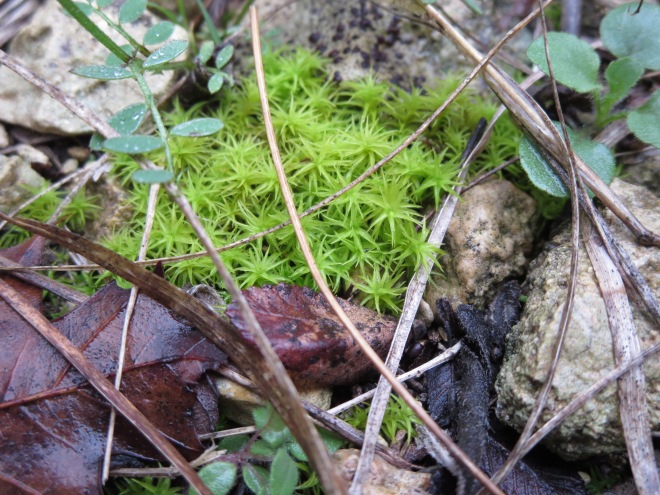
This tiny grown cover was shining bright green on a spring morning. I have no idea what this plant is. Can anyone identify him?
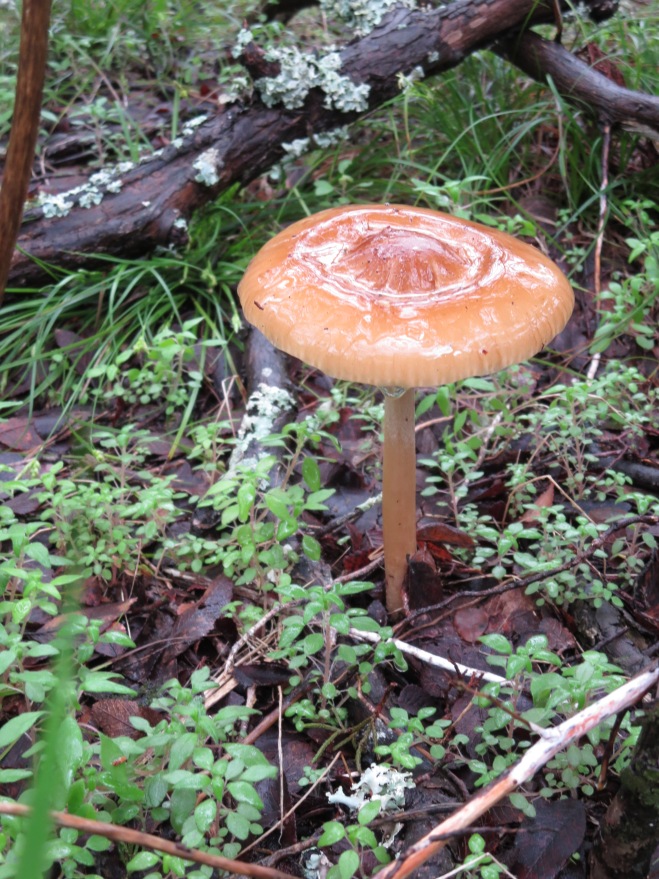
Mushroom. Mushroom! I find mushrooms around the property a great deal, but this was particularly lovely on a rainy spring morning.

